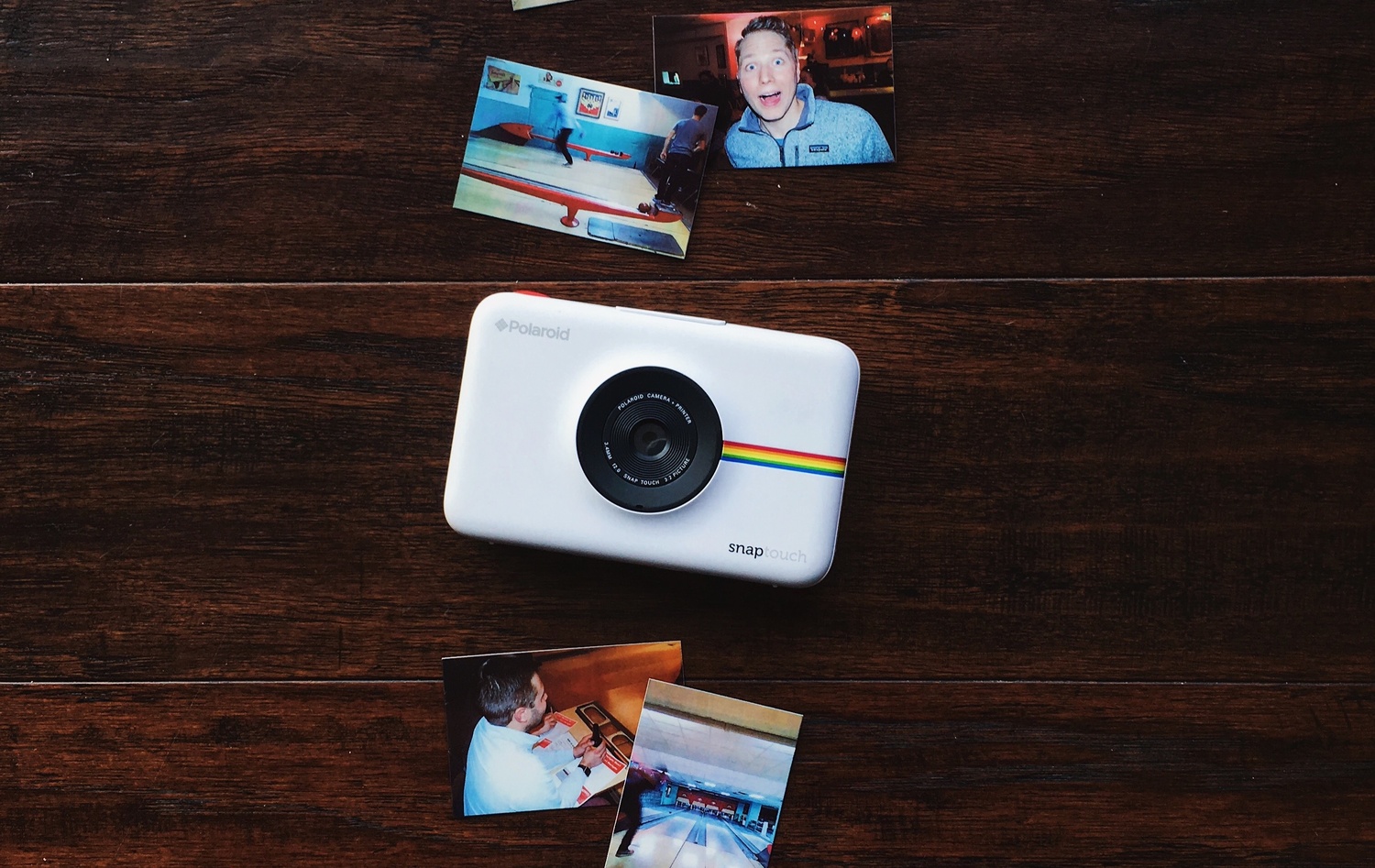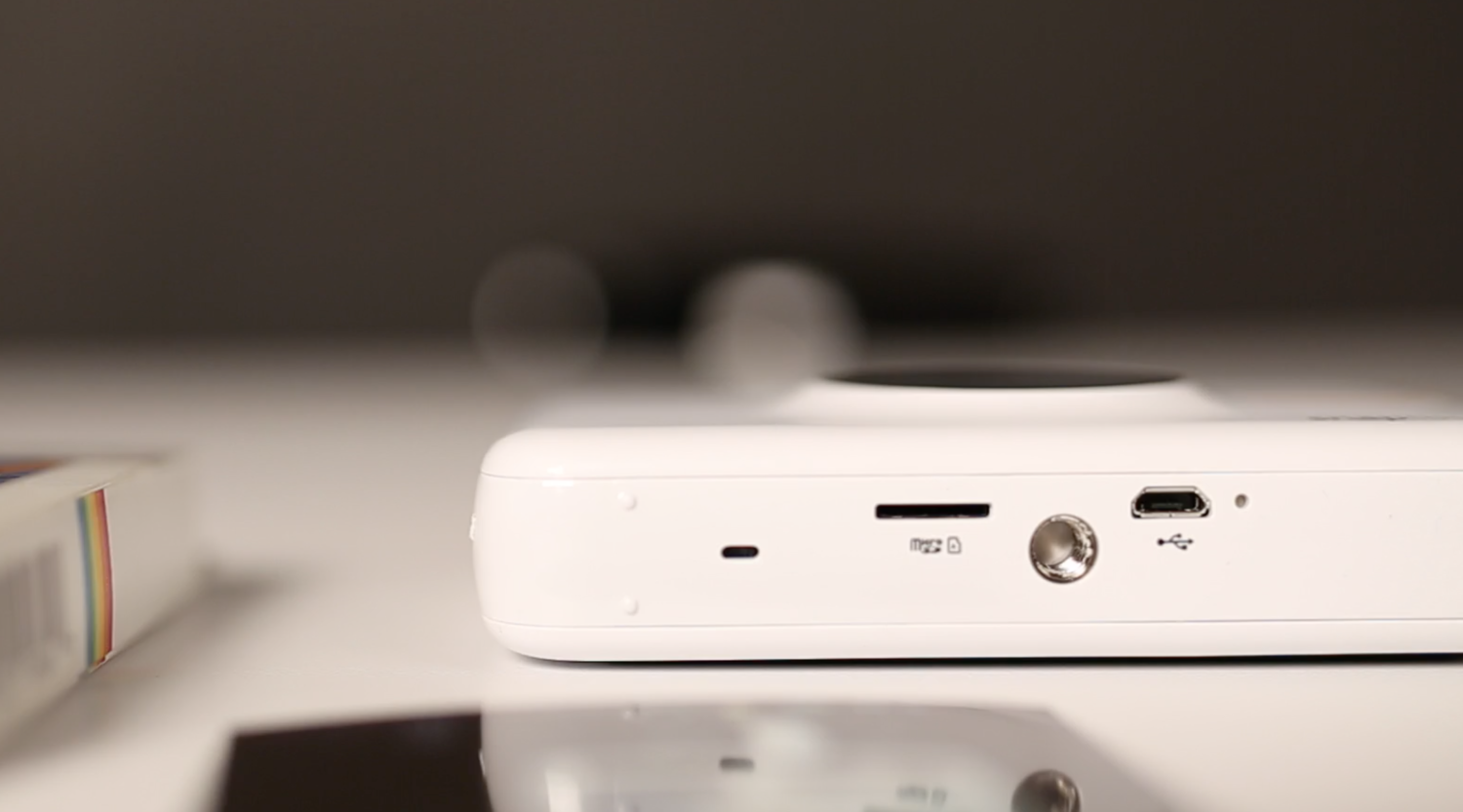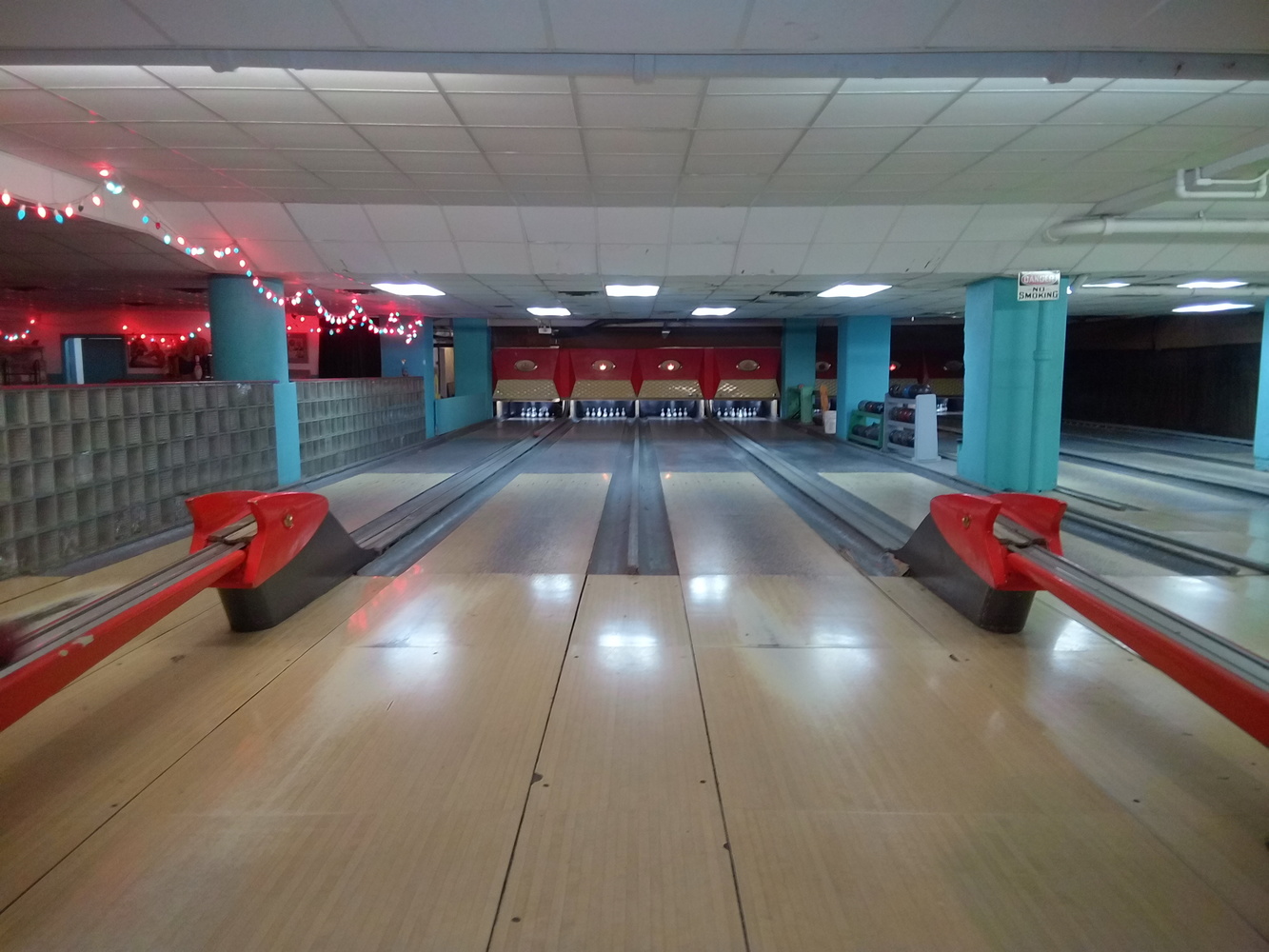Polaroid has been an iconic brand for over 80 years in the photo community. Even though they have had a few recent slips to adapt to the fast-growing tech world, it's finally finding its grass roots in the latest generation of photographers. Their latest offering comes with the incredibly fun and portable Polaroid Snap Touch. The Snap Touch is an all-in-one camera and printer just like the original, but this time it comes packed with a 3.5-inch LCD touch screen and full video capabilities.
Released in late 2016 following up the simpler Snap, the Polaroid Snap Touch comes with its own LCD touch screen along with Bluetooth capabilities that allow you to send already-shot photos to be printed on demand. The built-in camera boasts a 13-megapixel CMOS sensor with an aperture of f/2 along with full video recording to 1080p. All of this is stored via the micro SD card slot that can be equipped with a card up to 128 GB in size.
Design
While I thought and expected the build quality to be something of a cheaper plastic and more flimsy overall design, it truly did feel substantial in-hand while making me feel safe bringing this anywhere and everywhere I go while in my pocket. The button and port layout is super simple and a pleasure to use. The fun part about the pop-open flash is it doubles as the power button. Engaging the springy pop out flash turns the camera on so you're ready to shoot within just a couple seconds.



On the inside we have a long slit for the ZINK (zero ink) paper to print along with a super easy-to-use user interface. It's also super simple to load the max ten shots at a time. One of my favorite things about the camera is its super simple UI keeps me shooting without dealing with huge setting menus and options to play with. Just shoot, share, and print. That’s it. I love it!
The connectivity with Bluetooth is a very welcome feature and one I would easily use more since this could be a great printer for past photos I have taken as well.
Image Quality
This was a learning experience for me. Having never been exposed to a Polaroid before, I found the print quality was not the greatest. But for a 2x3 inch print, it was solid. The LCD screen was deceiving when reviewing images that I wanted to print as it wasn’t super high-resolution as we are accustomed to with our cell phones these days. Though when taking the card out and reviewing the images on a closer inspection on my computer, they were on par with or just slightly better than I could shoot with my iPhone. The 2/3-inch sensor does pull in more light than the mobile devices on the market today.

Overall the image quality is actually really great, and most of my test shots were shot in low-light situations or with flash, which would really reveal the level of sharpness that much more.
Prints and Printer
The printer is just brilliant. Polaroid has never lost their touch when it comes to instant film and the way they can innovate within camera printers like this. Their newest obsession comes with a brand of paper called ZINK, or zero ink, paper; and you can buy this in packs of 10, 20, 30, or 50, but the camera can only hold ten shots at a time for printing. The prints are also not bad on cost either considering competitors like Fuji are at around $1 per sheet. You can get the packs of 50 for around $18, which someone that never shot in the film era would be more than comfortable paying to play with prints directly from the camera.

Should You Get It?
This will vary for so many different types of photographers, but for me, as a professional photographer and father of two, I love it and would easily pick this camera up. Having thought about buying a simple point-and-shoot for the family around Christmas last year that could act as our all-around shooter for family outings, I found this to be a great little camera. While this also acts as a fun intro camera to my son, it's still fun for me to shoot creative shots around town without worrying too much about fiddling with settings and pages of menu options.
Though this might sway more towards the basic consumer, it's still a lot of fun as a professional to get away from the bigger gear to shoot and share something of this nature. The idea of bringing this to photo shoots for BTS shots while then sharing those prints with crew or other photographers is great no matter how you slice it.
What I Liked
- Overall build quality and look
- Ease of use, very simple UI and button layout
- Image quality and printable stickers
- $180~ price tag was very affordable for a point-and-shoot quality camera, let alone a printer with a touch screen
What I Didn't Like
- LCD and prints were not representative of how good the image quality really is
- Device locked up once on settings screen and had to die before getting restarted, though this was answered quickly by finding out the next day it had a tiny reset button the base of the unit
Conclusion
Overall, I thought this was a super fun and powerful little point-and-shoot alternative for under $200. The cost of printer paper is cheaper than other instant print competitors like Fuji by almost half, and it was fun to experience a very simple and effective UI in a world of cameras that have lost me in learning their menu settings and features. This was at all points a simple camera for creating and documenting moments in life.
Is this camera for everyone? No. Is it a solid buy for both consumer and professional photographers? Yes. I think it will easily be added to my arsenal of gear for photo meet-ups and used for BTS shots while on location shooting for clients.
What do you think? Do you own an instant print camera, old or new? Would you consider getting the latest offering from Polaroid if it has such features as a touch screen LCD to upload images after the fact or by choice rather than gambling on what you get? Let me know in the comments below.






In what world are Fuji prints $1 each? Amazon currently has 50 for $32.30, so $0.65 each - and it's chalk and cheese anyway, since the Fuji film is the old Polaroid style with the border you can write on, the Zink paper is just photo paper.
The Zink Zero Ink paper is not just "photo paper," as if you are describing ink jet printing. It's actuallly pretty nifty technology with heat activated colored dyes imbedded in it. The prints are extremely durable and just a bit smaller than the image area of a standard Polaroid. That it doesn't have the white border is simply a personal preference.
Sounds like heat activated photo paper to me
it's interesting to me that Polaroid didn't add a "white border" option in the settings. Seems like it would be pretty easy to limit the print to a smaller surface of the paper (of course I don't actually know the technology). While it might seem silly, something like that would make this an instant-buy for me as the combination of image quality and the Polaroid aesthetic would be quite fun.
Well, I'm sure other people would prefer no border at all. That's just a personal preference. I also prefer it without a border. Overall I would prefer the prints to be bigger too. Polaroid should also consider making such cameras in designs that don't scream I'm a teenager or child. Something grown up and in all black, like a regular camera.
It might interest some to note that the Zero Ink technology comes from a company that was spun off from Polaroid long ago. This is the direction where Polaroid was heading before it ran into financial trouble. I'm looking forward to seeing how much better the quality is, because let's face it the traditional Polaroid prints were never impressive in quality. They were soft and flat in contrast and color.
I did mention it briefly in the video but probably not well enough they offer borders and graphics for prints to add int he UI. One of them is the classic white border. I just thought it was odd to make the prints smaller and voted for printing on the full paper.
I took a few photos with a Polaroid camera last year that printed onto Zink paper. While it was the fun at the time, the prints only a year on look pretty poor, with blotchy colours and curled up edges of the paper. While fun, I personally wouldn't recommend using it for anything you care about too much.